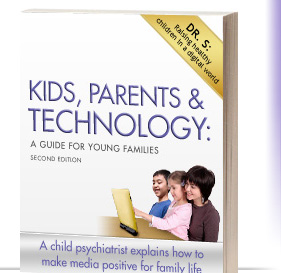Link to Original Article
DAVE, good observation.
As a child psychiatrist, I understand the passion to derive from an earlier period of a person’s development where the distinction between the “I” and the “you” and the “it” does not yet exist. An example is what we call the “transitional object”, the Teddy bear, blankie, sucking thumb, etc. and the toy, the doll, invested with personal psychological value, meaning, and a reality way beyond their actual reality.
In grownups we see this commonly in how we feel about our cars and toys, sports teams, movie stars, and even theater and movies where we suspend our disbelief enough to ignore the celluloid running through a projector and imprinted be images assembled by big entertainment companies.
Merchants often want to personalize their product, and advertisers can do a bang up job with that.Teens claim an identity especially by dress, hair, and cell phone and case features.
So the larger context seems to be the extension to these seemingly trivial devices importance and value that include the self of the user. And there are some pretty distorted selves out there, believe me.
Just wait for the robot to come full force, and see how we start personalizing them, as Sherry Turkle describes the “relational artifact”.



Hate Mail and the New Religious Wars in Tech
Link to Original Article
DAVE, good observation.
As a child psychiatrist, I understand the passion to derive from an earlier period of a person’s development where the distinction between the “I” and the “you” and the “it” does not yet exist. An example is what we call the “transitional object”, the Teddy bear, blankie, sucking thumb, etc. and the toy, the doll, invested with personal psychological value, meaning, and a reality way beyond their actual reality.
In grownups we see this commonly in how we feel about our cars and toys, sports teams, movie stars, and even theater and movies where we suspend our disbelief enough to ignore the celluloid running through a projector and imprinted be images assembled by big entertainment companies.
Merchants often want to personalize their product, and advertisers can do a bang up job with that.Teens claim an identity especially by dress, hair, and cell phone and case features.
So the larger context seems to be the extension to these seemingly trivial devices importance and value that include the self of the user. And there are some pretty distorted selves out there, believe me.
Just wait for the robot to come full force, and see how we start personalizing them, as Sherry Turkle describes the “relational artifact”.